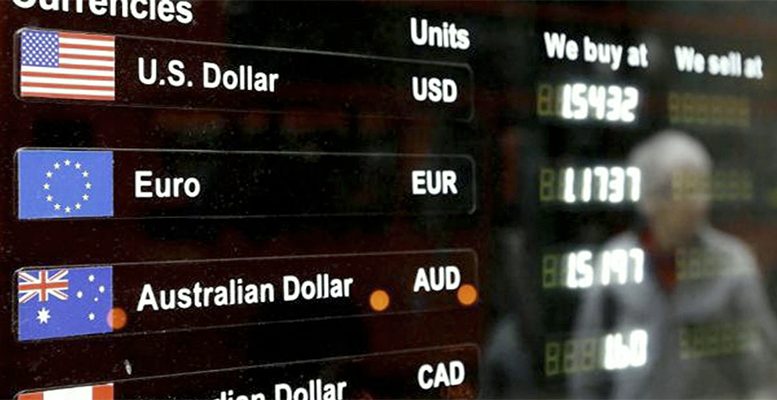A few months ago, the US authorities, with President Donald Trump leading the pack, bitterly complained about the damage the dollar’s sharp appreciation against the other main global currencies was doing to their economy’s competitiveness. Now, with the euro on the rise, close to 1,10 dollars and the emerging markets’ currencies also appreciating, “the currencies war” appears to be something in the past, although recent experience tells us that it can start again at any moment.
After Donald Trump’s victory in the November US presidential elections, the ‘green back’ rocketed compared with other currencies. And analysts began to talk about the possibility of reaching dollar-euro parity at some point this year. Today there are some who predict an exchange rate close to 1,15 dollars before the end of 2017.
The same is happening with the currencies in Japan, China or the other main emerging economies. In the last few months, all the emerging countries’ currencies have appreciated against the dollar due to two factors: the strong depreciation they had experienced previously and fairly positive economic growth expectations in the majority of these countries.
In the yuan’s case, the Chinese authorities intentionally devalued their currency in 2016 to boost domestic demand against a backdrop of slowing economic growth. But this depreciation has been curbed so far this year, so one of the other potential focal points of risk has disappeared.
What other factors have thrown cold water on the “currencies water”? There are several, but the first is, without any doubt, the weakness shown by the US president to implement his reforms programme and the negative effect his protectionist policies could have on the US economy.
On numerous occasions, Trump has accused China, Japan and Germany of manipulating the exchange rate to make their exports more competitive. But apart from the tycoon’s diatribes, it’s true that recently the ‘green back’ has depreciated against other currencies, without the governments which Trump has accused having moved a finger to devalue their currencies.
In fact, the change in trend in the dollar/euro exchange rate is not just linked to Trump’s policies, but also to lower political risk or to the recovery in the European economies. This has fuelled expectations for a rise in interest rates in the Eurozone much earlier than predicted: the market is discounting that Draghi will make a move in the first quarter of 2018.
The majority of experts agree that the strength shown by the dollar against the yen and the euro at end-2016 and at the start of this year was due to a growing divergence between the Fed’s monetary policy and that of central banks in Japan and the Eurozone. While the US Fed has now ended its programme of quantative easing and is in the process of gradually raising the reference interest rate, the Bank of Japan and the ECB are still in an expansive monetary policy phase, although this is less intense than a few months ago.
So while the divergences between the monetary policies of the Fed and the ECB are still ongoing, they can decrease if Draghi fulfills the experts’ predictions: progressive withdrawal of the stimuli from September and rate hikes in the first few months of 2018. If that happens, a new “currencies war” is not on the cards in the near future.





